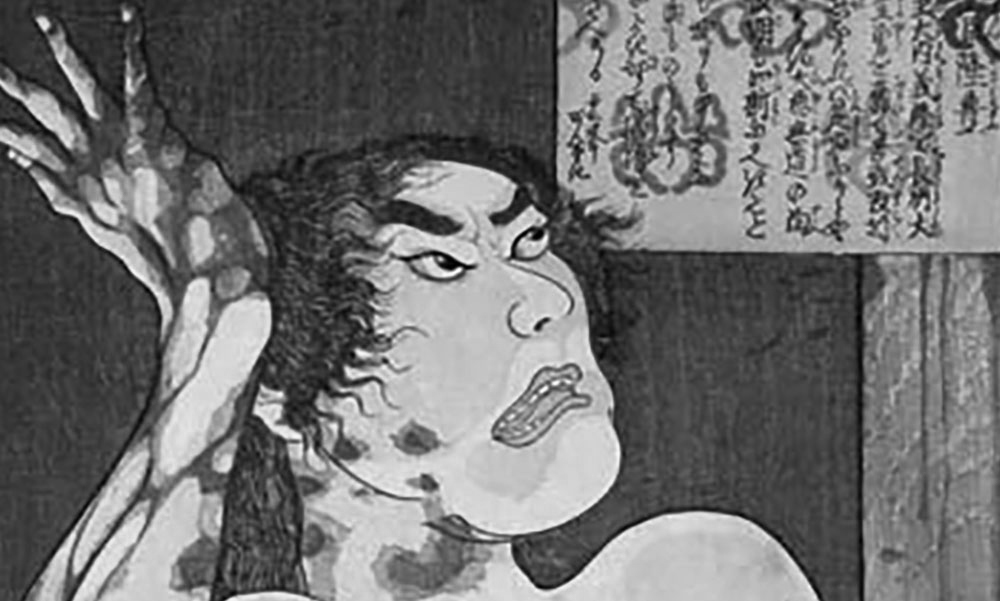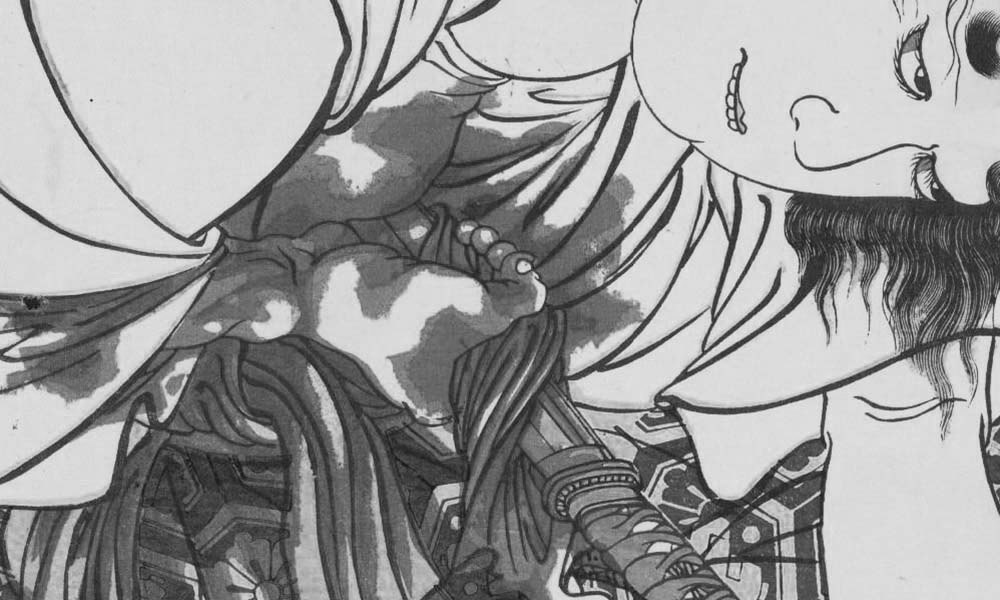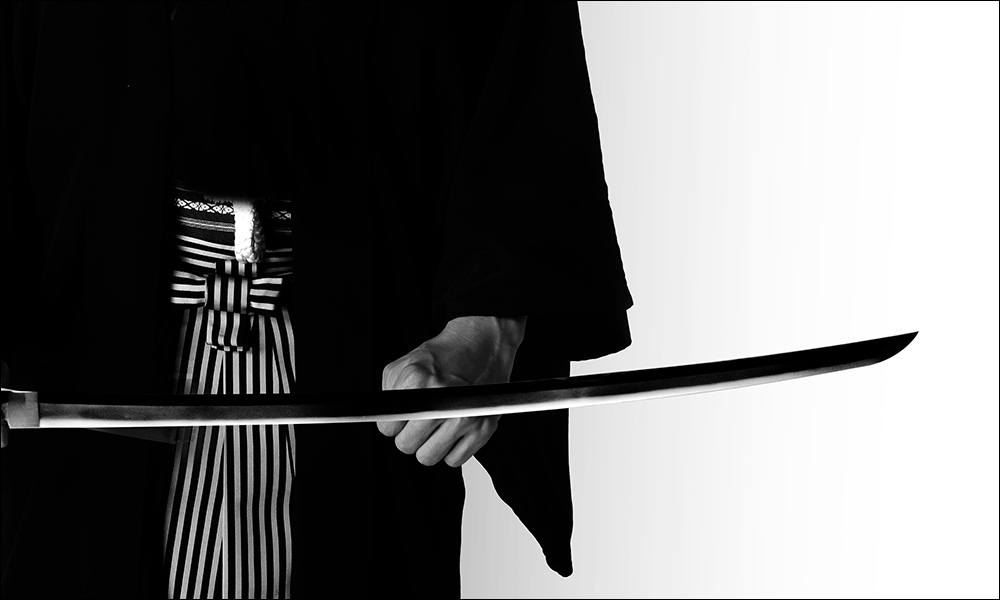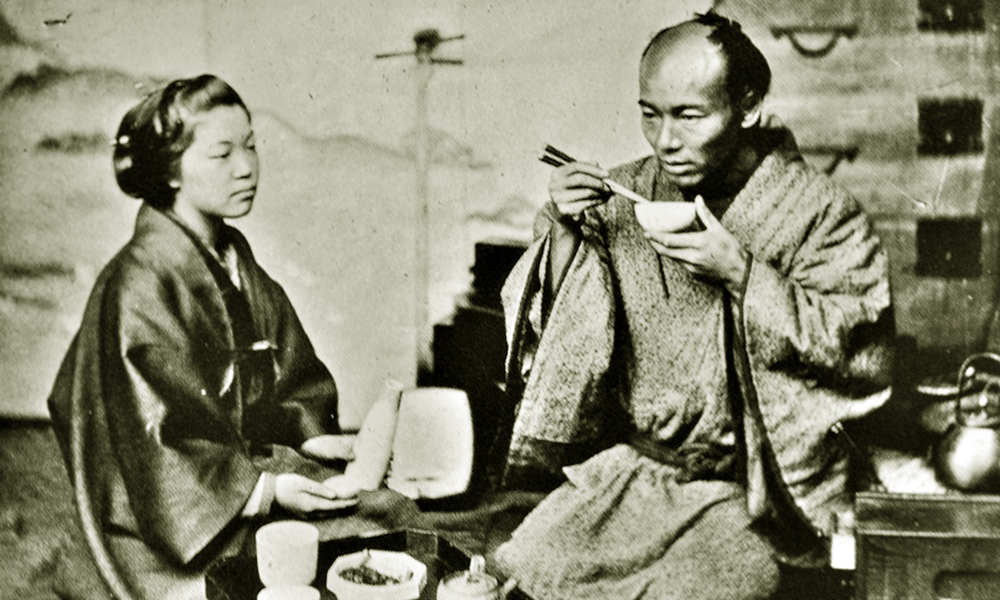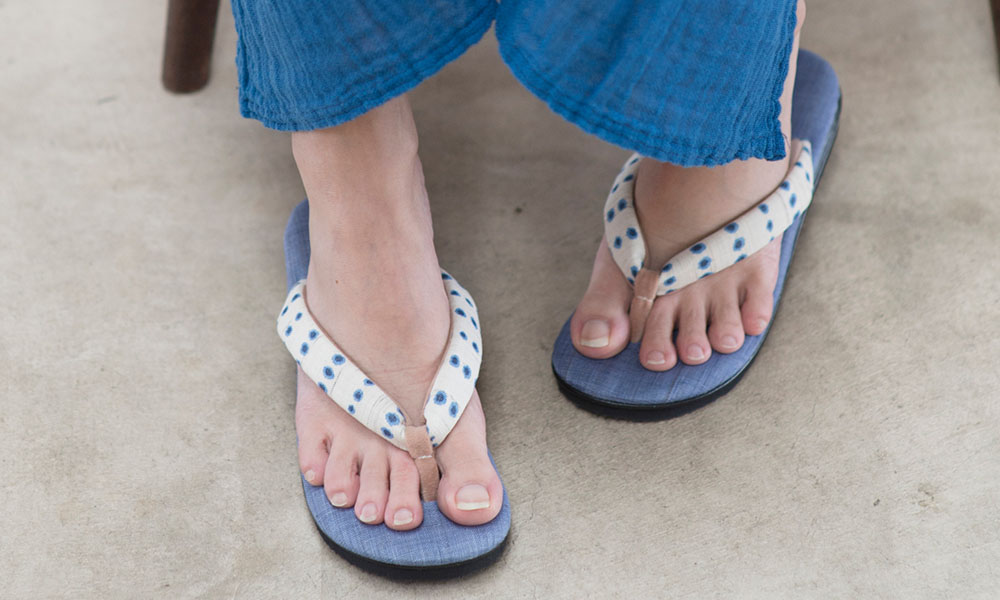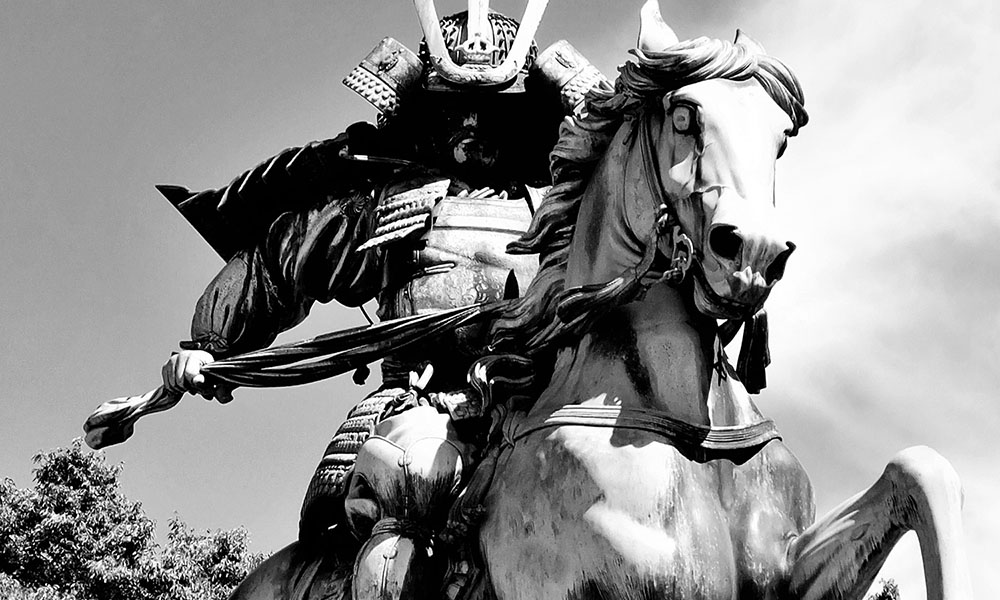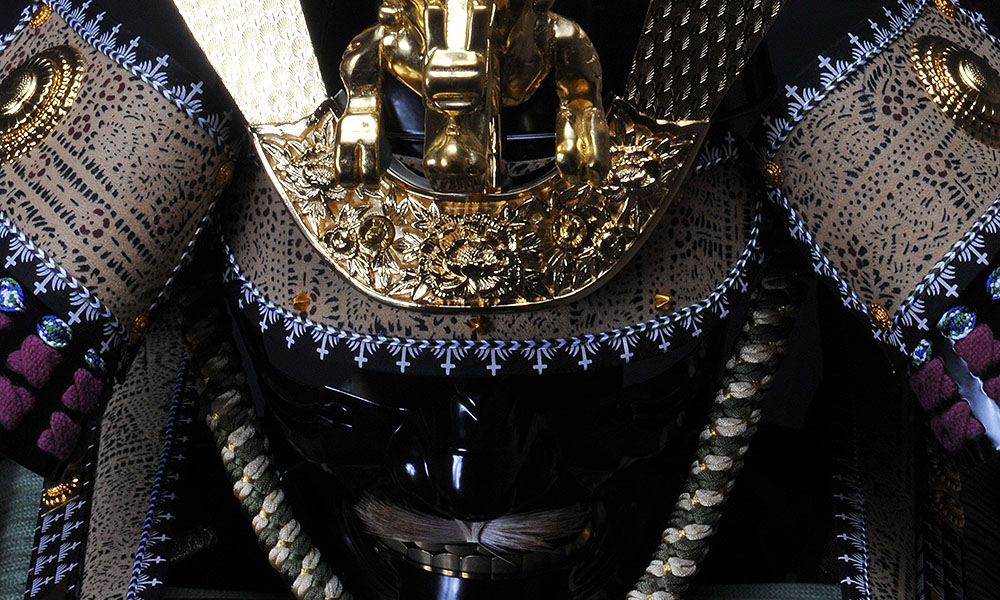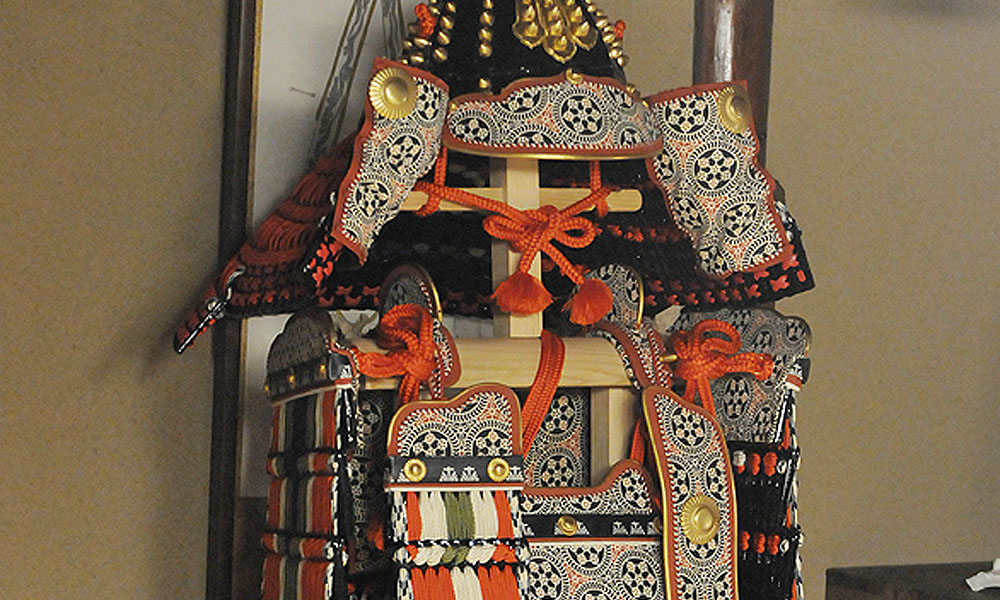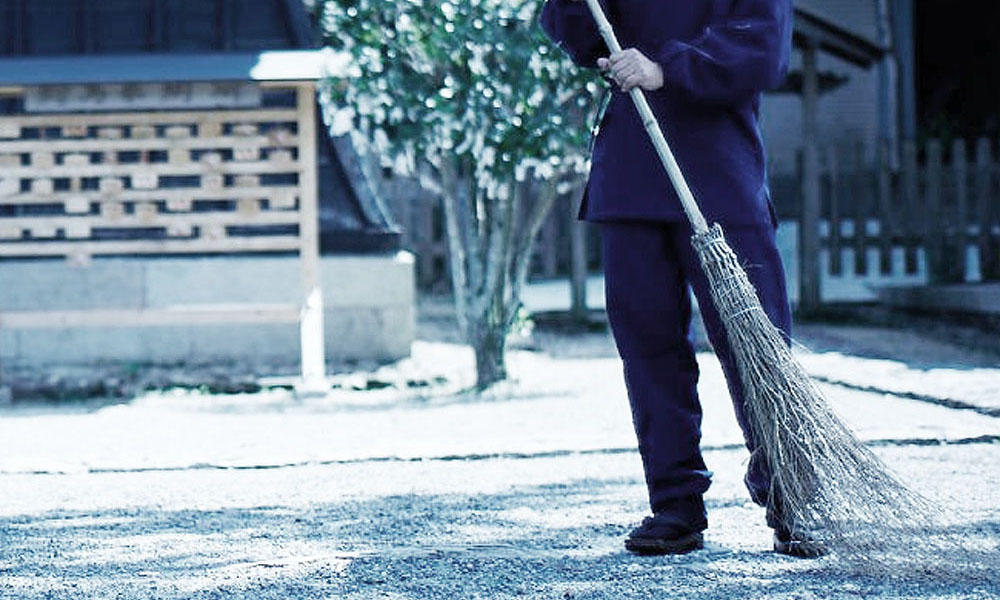The Loser’s Big Stage
The previous article on seppuku was met with a lot of responses, so I would like to write a follow-up. As mentioned, seppuku initially was not something one did to take responsibility for a mistake, but was done in order to follow a deceased master to death or to kill Read More


